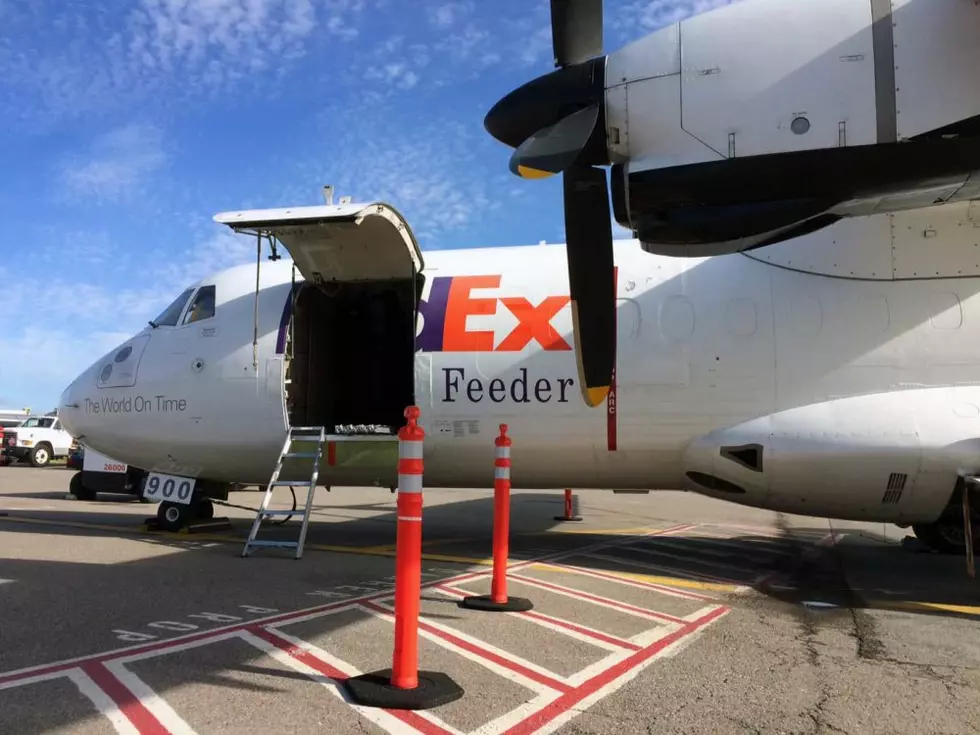
Airport sees growth in aviation business; concerns over taxes, annexation linger
With general aviation on the uptick, Missoula International Airport has signed a contract to begin planning for new hangar development west of the terminal.
At the same time, an aviation company based on the airport's east end expressed concern over city annexation and a likely increase in taxes, saying it has chased away potential customers and created new uncertainties.
“We know it's going to be an increase, it's just a matter of how much and what they will use as their basis,” said Todd Donahue, owner of Homestead Helicopters. “We had a buyer, but because of the uncertainty, he backed out until we find out what the 2019 taxes are going to be.”
Donahue believes the city's move to annex 3,200 acres as part of a larger planning effort could put a damper on general aviation growth and other commercial uses based at the airfield.
That includes aircraft condos owned by different users leasing a common area. Donahue is uncertain how the state will assess such uses, and how the city will tax them as a result.
“One of the challenges we'll face over there with annexation is the cost of doing business at the airport,” he said. “It's increased significantly because of that. It's going to be a $30,000 increase just on our development. I had two potential buyers that backed out because of the taxes.”
The annexation takes effect on Dec. 26.
Other general aviation uses at the airport are on the rise, and on Thursday the Missoula County Airport Authority approved a $67,000 contract with Morrison-Maierle to begin planning new hangar development.
One hangar is already under construction in the west general aviation area near Minuteman Aviation and others are ready to follow.
“We've decided it's important to not sit back and wait, because we actually have one hangar under construction out there, and three others being discussed,” said airport director Cris Jensen. “We want to make sure we get them in the right place and have the infrastructure figured out, and access.”
Missoula International saw general aviation slide during the last decade, though it's now beginning to return. Those figures are important for airport revenue and general operations, Jensen said, including the air traffic control tower.
It could also dictate future airport growth, something a new master plan slated for 2021 will consider. At some point in the future, that will include a second parallel runway.
“Once everything to the north side of the runway is built out, future growth is all to the south,” Jensen said. “But that parallel runway is driven by demand.”
Jensen said the Federal Aviation Administration will consider the capacity of the airport's current runway. To secure funding, it must be at 80 percent of capacity, which is roughly 220,000 annual operations.
As it stands, Jensen said, the airport isn't close to that figure, with only 40,000 annual operations. But it plans on protecting land south of the current runway for future growth in aviation activity.
“As we see general aviation activity come back to us, we'll see those operation numbers go up,” Jensen said. “Since 2005, we really saw general aviation take a nosedive. We're coming back up, but it's slow.”
That increase generates more revenue for other businesses based on and off the airfield.
“Last year to this year – year to date – there's been a 14 percent increase in fuel sales,” said Josh Johnson, director of ground operations for Minuteman Aviation. “There's definitely an uptick.”
